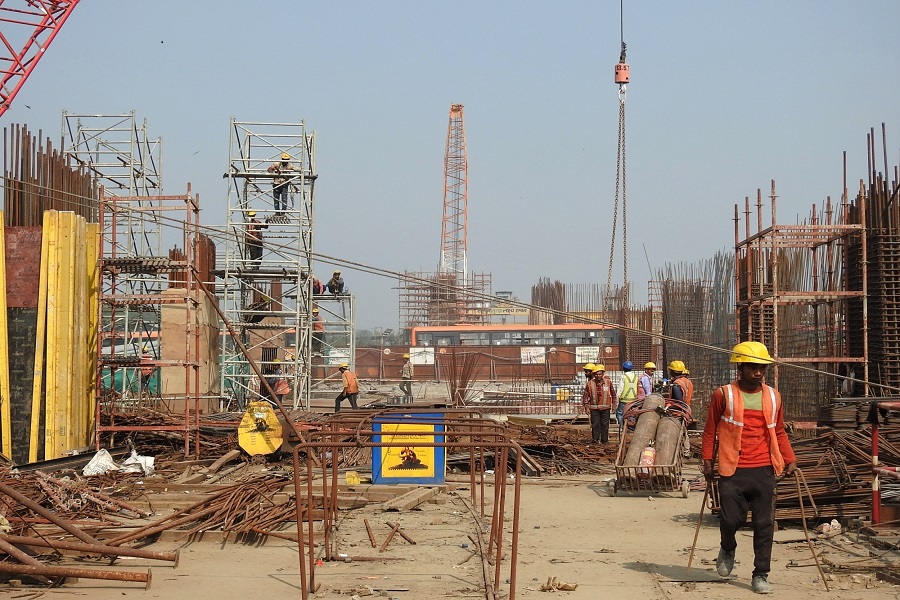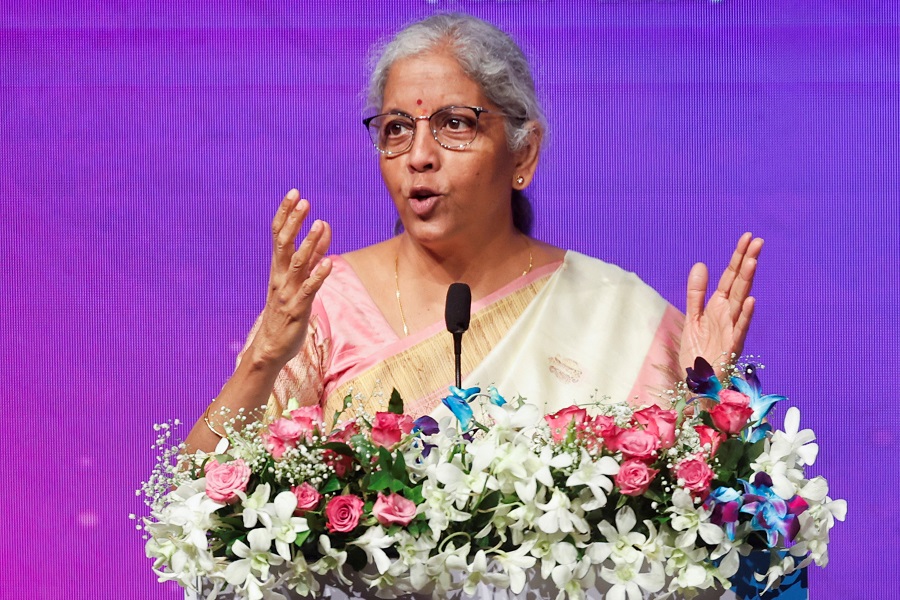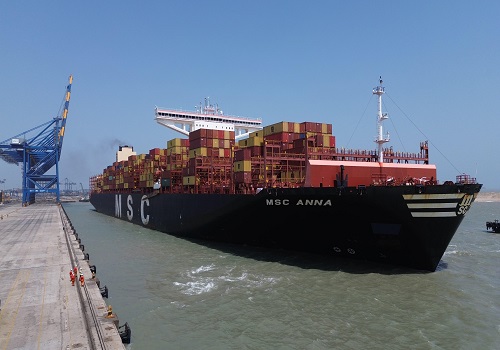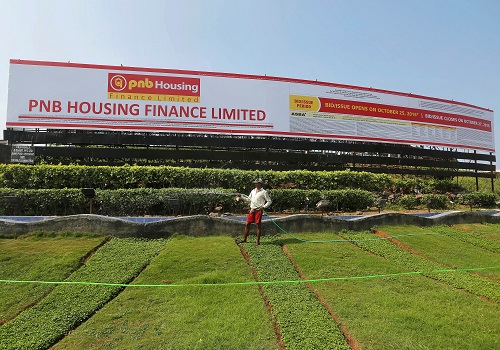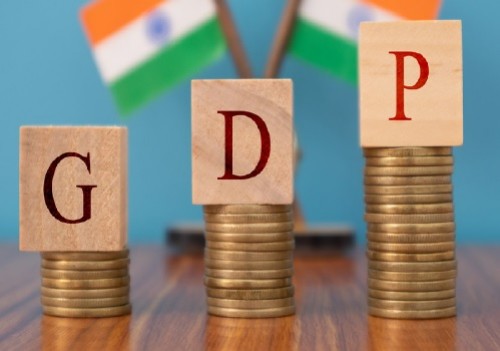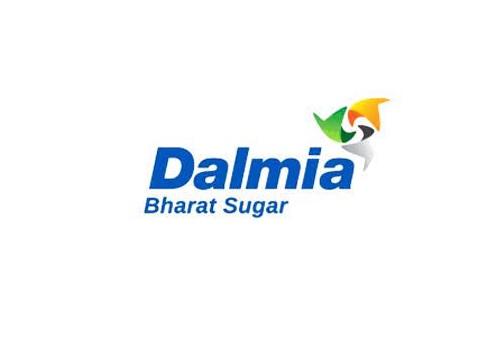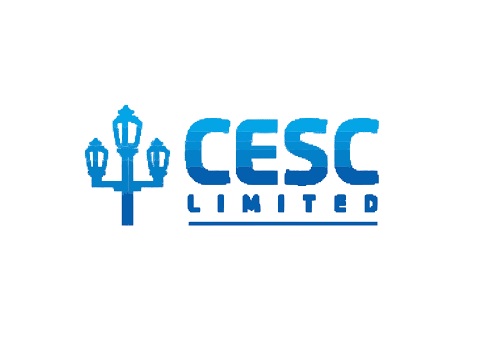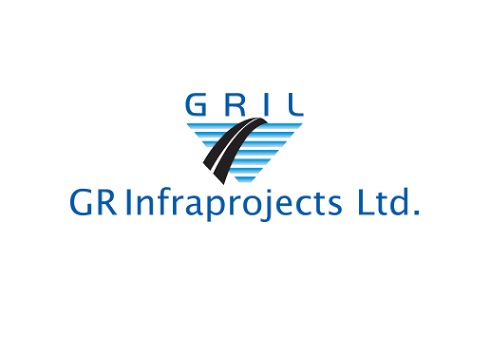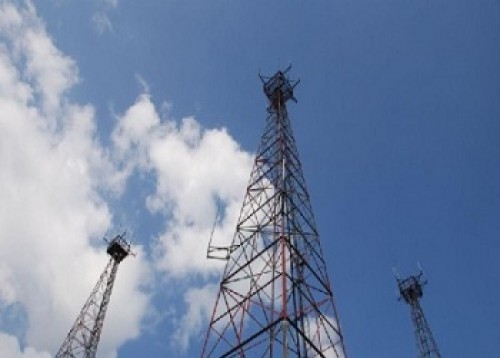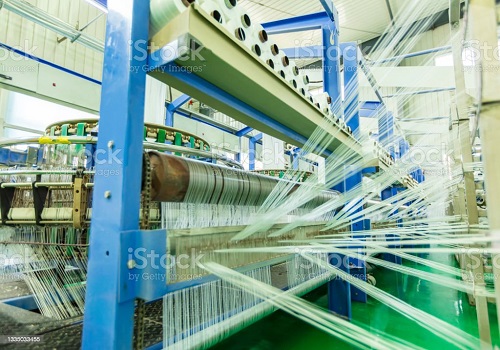Textiles Sector Update : Emerging from the shadows - Emkay Global Services

Follow us Now on Telegram ! Get daily 10 - 12 important updates on Business, Finance and Investment. Join our Telegram Channel
* Gloom and Doom: In the past few quarters, high cotton price and low demand for textiles and apparel, especially in the western world, have meant that most sector players have been operating at low utilization. Inventory at major global retailers stayed high during this period, as consumer allocation to other essentials held priority due to inflation. Cotton prices in India in the last 5 months have been trading at a 25%-50% premium to international cotton price, thus severely impacting exporters who were already feeling the heat on account of slowing demand. More than 40% of Indian spinners either shut down operations or were working at low utilization, as yarn & cotton spread was negligible in most cases. The last few months have been the ‘gloom and doom’ for the textiles industry.
* Stumble and Start – The medium-term picture: When majority of the players were in ‘stumble’ mode, correction in cotton prices globally was the only saving grace. Cotton prices in India have corrected from ~Rs1 lakh per candy to ~Rs70,000, given the new crop coming in and the low demand. International cotton futures are down ~50%. Also, cotton sowing in India has been 7% higher than last year’s; rainfall in key cotton-growing States has been good. The Cotton Association expects a decent rise in production in FY23 which might eventually lead to lower prices. This should ideally bring down the steep differential in Indian and international cotton prices – the last 5-year differential has averaged at ~5% vs >25% presently. Even in a slightly low-demand scenario, this differential-decrease would bring relief to Indian exporters, esp. spinners. The Xinjiang cotton ban makes Indian cotton/yarn most sought after globally, as India is the second-largest cotton-producing country. Also, other Asian countries are importers of cotton/yarn and India is their nearest source. In coming few quarters, we expect large retailers in USA to ‘start’ the re-inventory process, on the back of some uptick in demand, though inflation remains a key concern in such geographies.
* Sprint and Soar – The long-term picture: Market-share movement, from China to key exporting countries in Asia such as India, Pakistan, Bangladesh and Vietnam, is expected to continue, as the high cost of labor in China is weighing on its competitive strength. Over the last decade, China’s market share in US imports for Textiles & Apparel has declined by 1,300bps, which has moved to Vietnam (640bps), India (270bps) and Bangladesh (230bps). Further, the ‘China plus one strategy’ also plays a crucial role. Vietnam and Bangladesh have gained significant market share in Apparel, while India has gained share in Non-Apparel, largely because it has considerably strong presence in cotton products in USA (more than 550bps improvement in market share). New FTAs would offer opportunities to large established players, capturing a higher wallet share by entering into adjacencies in existing geographies. Textile PLI schemes by the GoI are largely focused on MMF (a weak point presently, for the Indian textile industry), which will help to build an ecosystem similar to cotton textiles’, over the medium term. We believe China+1, PLI schemes and FTAs will accelerate growth in the sector. The textile Industry in India could then ‘sprint and soar’, in our view
* Sector plays – 1) Indian spinners/cotton textile players have access to raw material, get incentives from the State/central government and have labor cost advantage that make them a key beneficiary in the sector. India produces 25% of the global cotton and has 20% of the global spinning capacity. Ban on Xinjiang cotton has increased reliance on Indian spinners. Key Indian players are Vardhman Textiles, Trident and Nitin Spinners. 2) Home textile players have proven their capability by capturing strong market share in geographies like the USA and stand to gain when any FTA comes into force. Such companies are also expanding in adjacencies which will fuel further growth. Key domestic players are Welspun India, Indo Count Industries and KPR Mills. 3) Garmenting would get a significant boost in coming times, on the back of the recent PLIs & policies by the Government and FTAs. Key players in the garment space are Gokaldas, Arvind, and Pearl Global.
* In this note, we initiate coverage on spinners; Vardhman Textiles (BUY; Dec-23 TP: Rs455) and Nitin Spinners (BUY; Dec-23 TP: Rs310). While Vardhman is on track to boost its capacity by ~10% in FY23, it plans adding another ~15% in the medium term, subject to demand revival. Nitin Spinners is expanding spinning capacity by ~40% over the next 12/15 months. We initiate coverage on Gokaldas Exports (BUY: Dec-23 TP: Rs575), as it is the major medium-term beneficiary of the development in the MMF ecosystem in India. Be that as it may, Gokaldas continues to expand its woven capacity and has entered the knitting space too, making it India’s best garments player.
To Read Complete Report & Disclaimer Click Here
For More Emkay Global Financial Services Ltd Disclaimer http://www.emkayglobal.com/Uploads/disclaimer.pdf & SEBI Registration number is INH000000354
Above views are of the author and not of the website kindly read disclaimer
